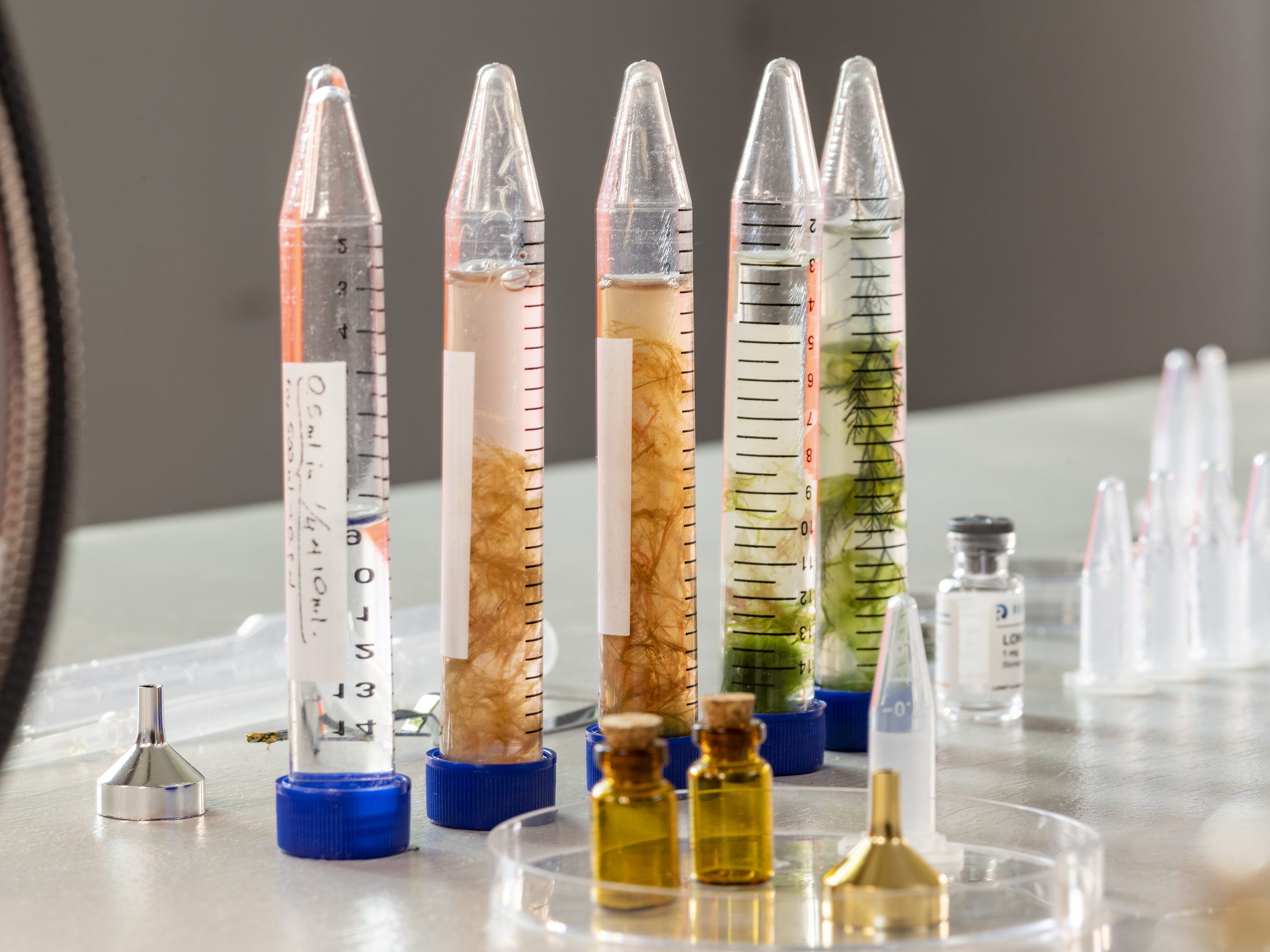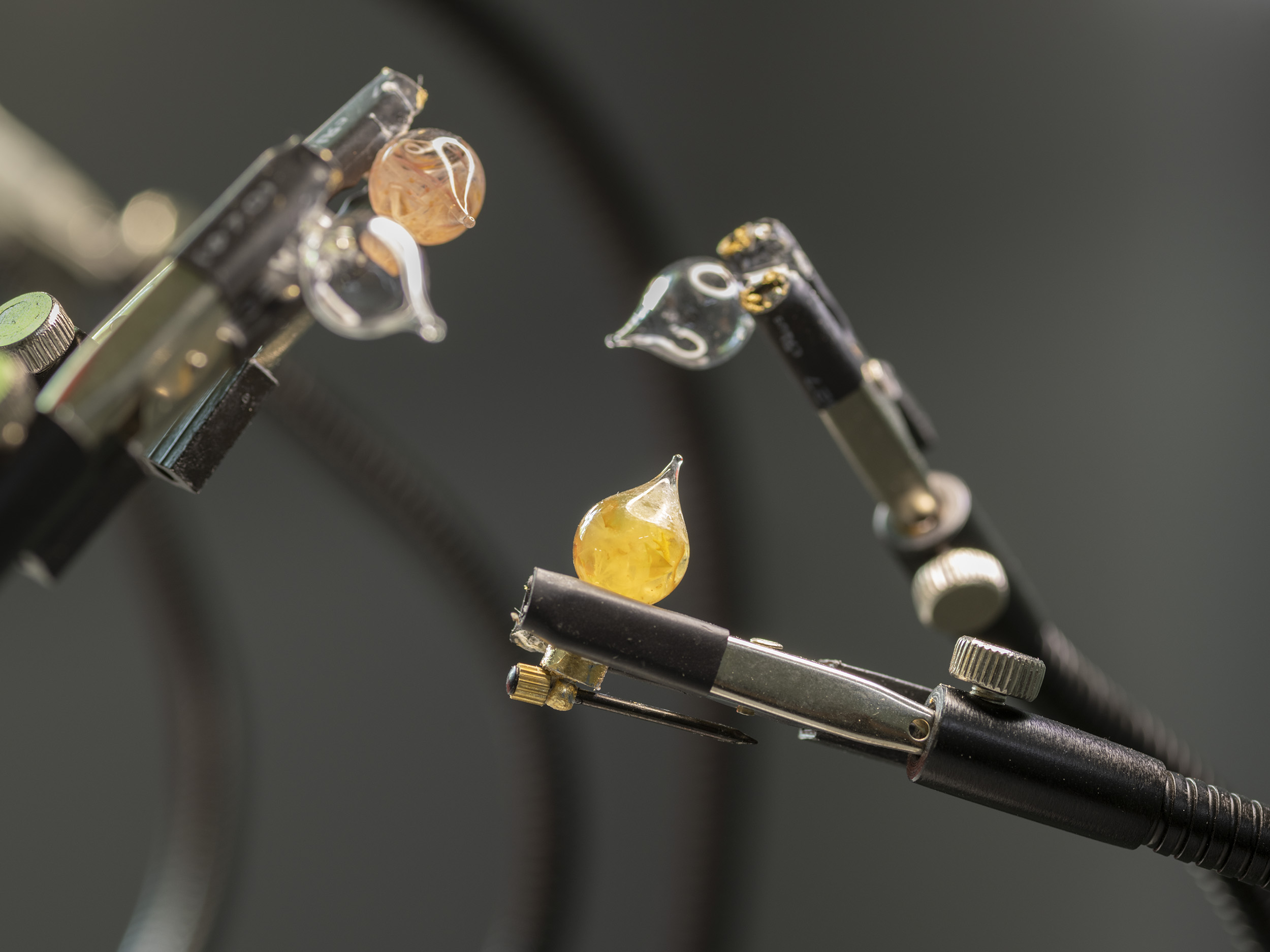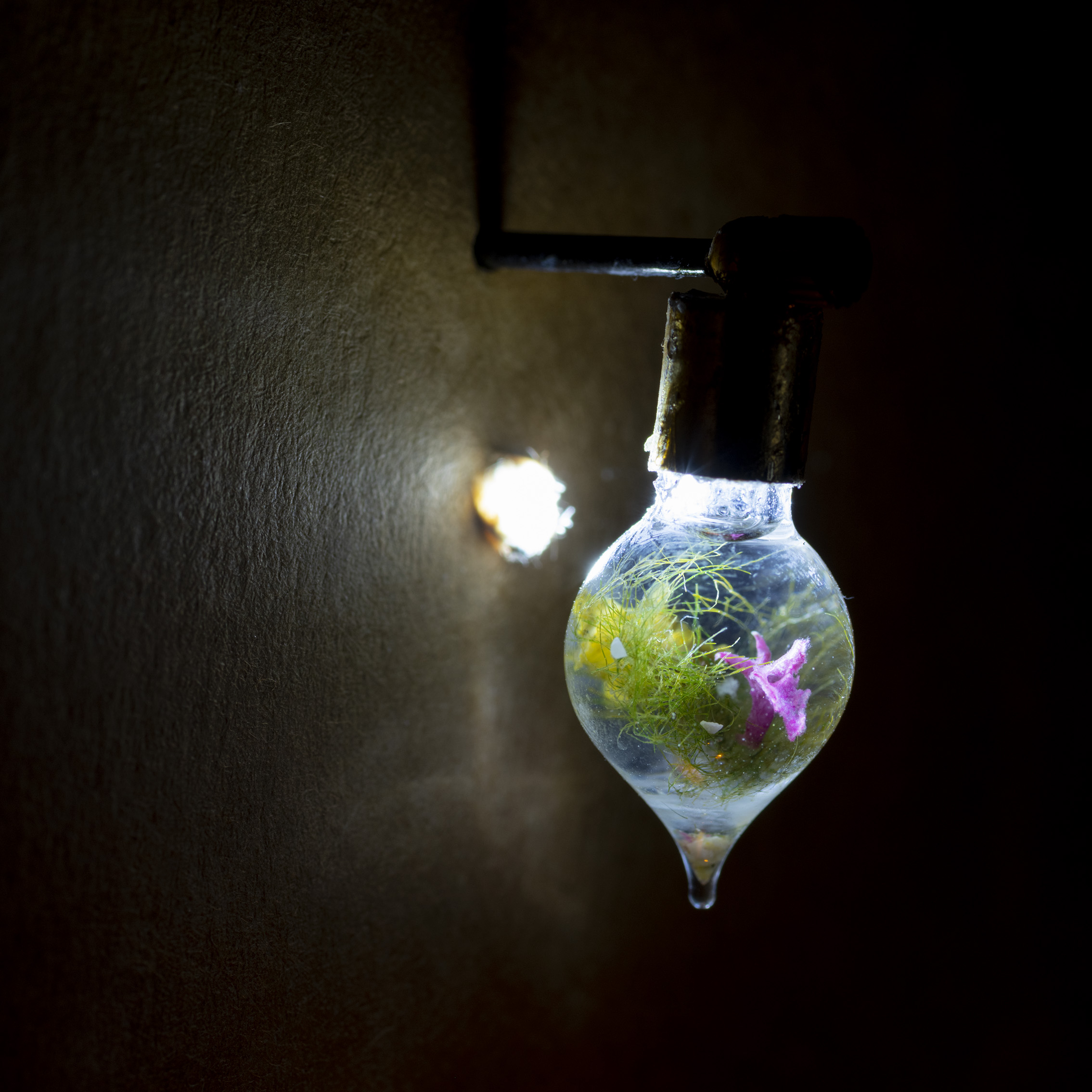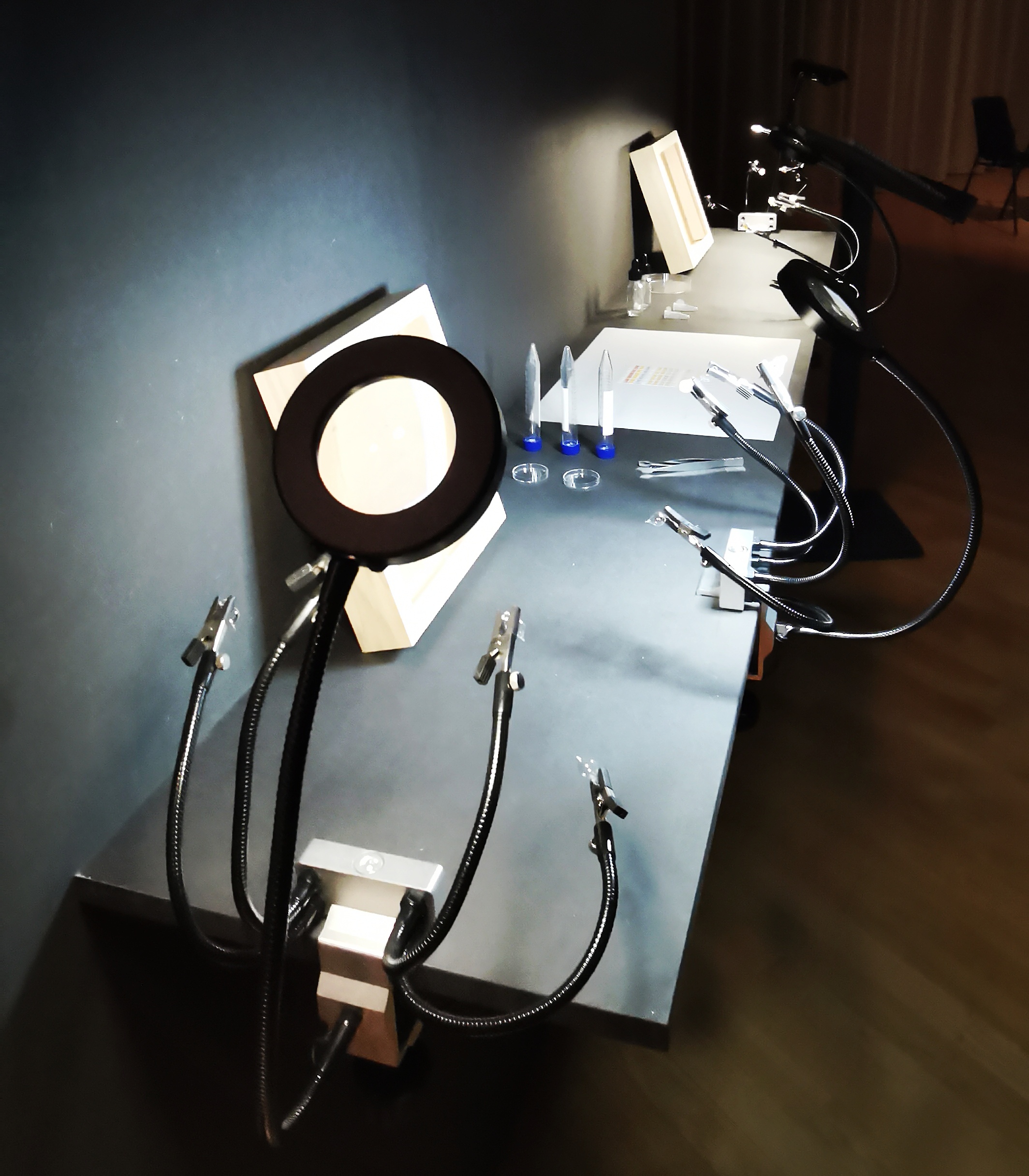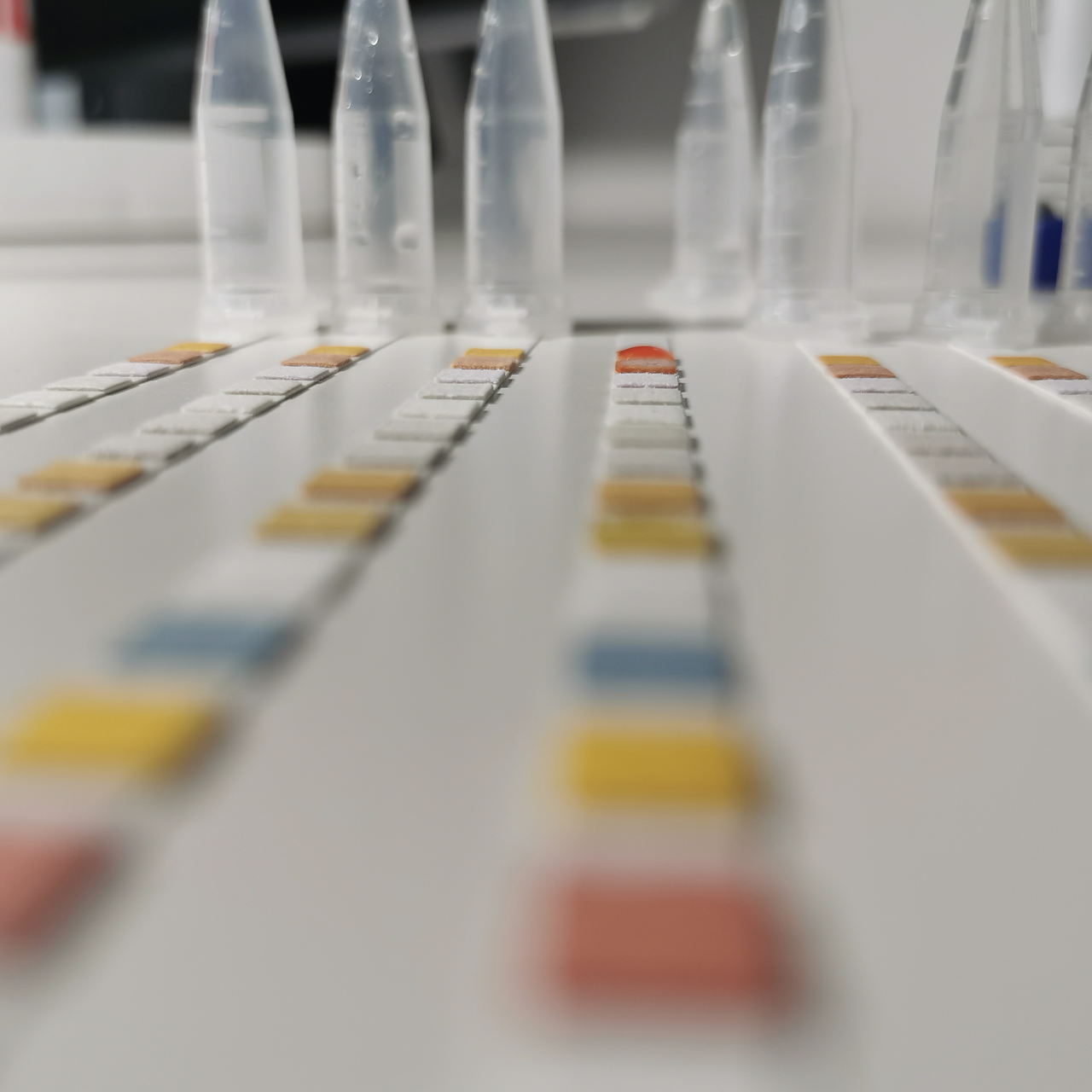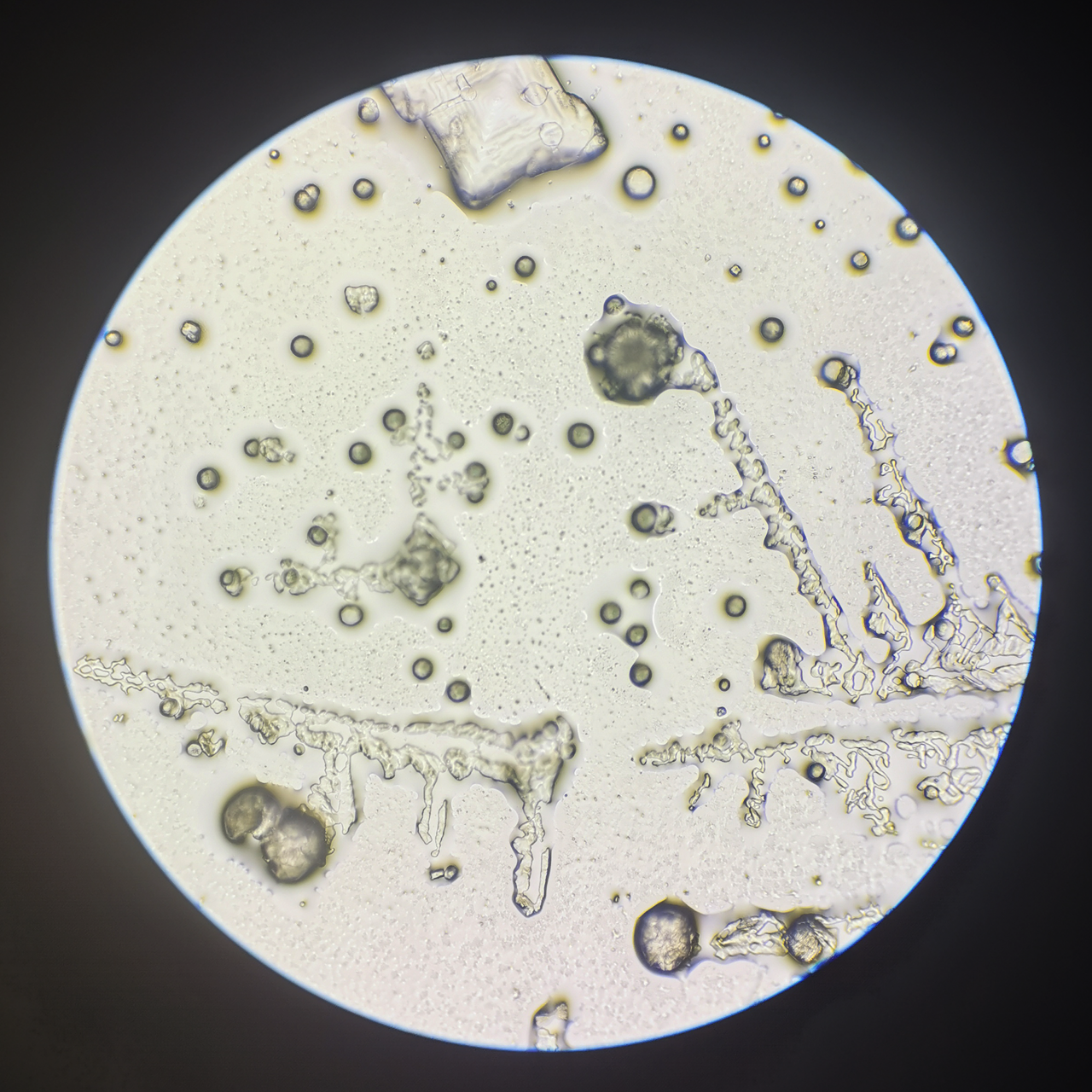"How to Make an Ocean" - a documentation from the Werkleitz Festival "Move to..." exhbition
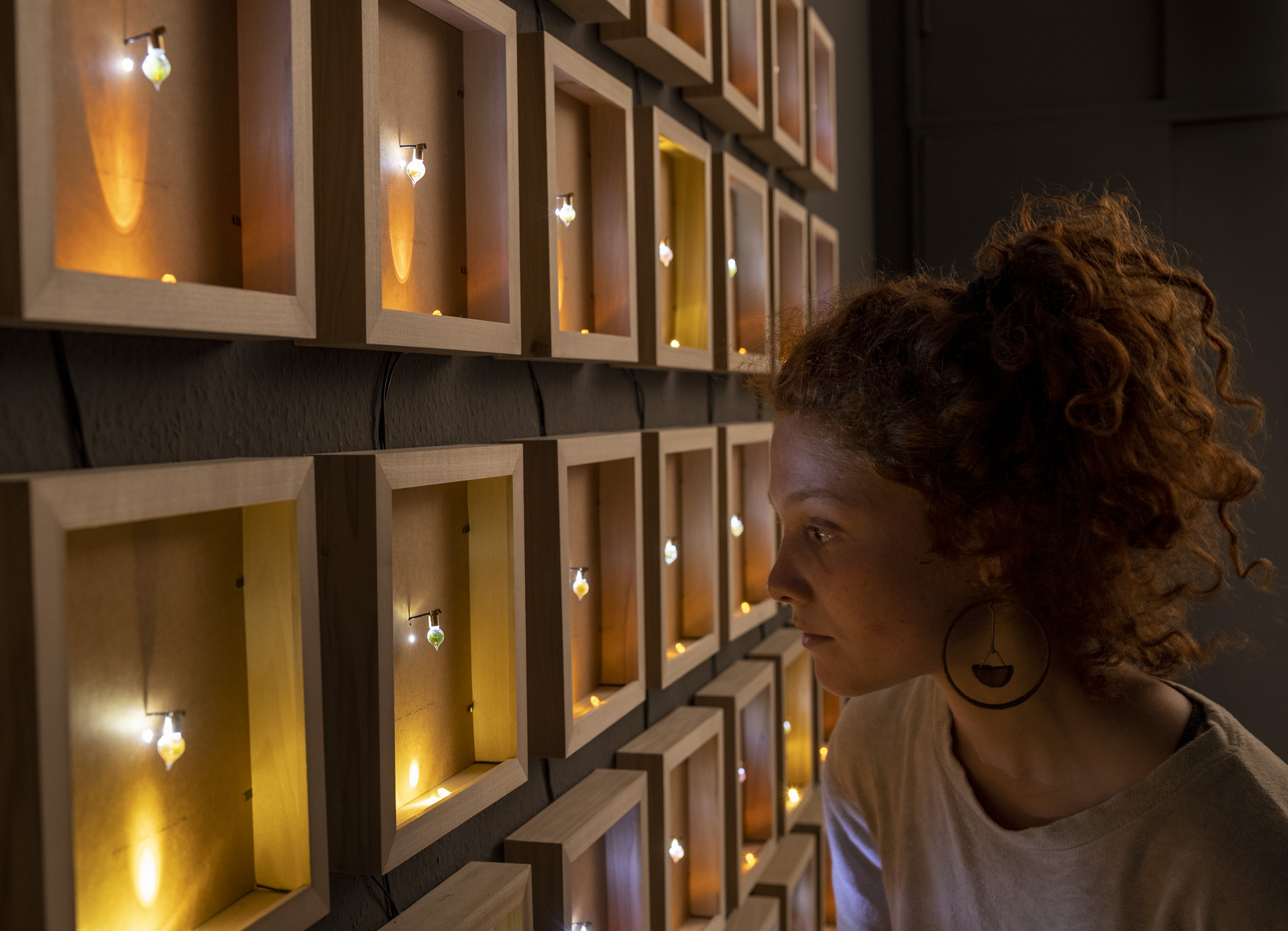
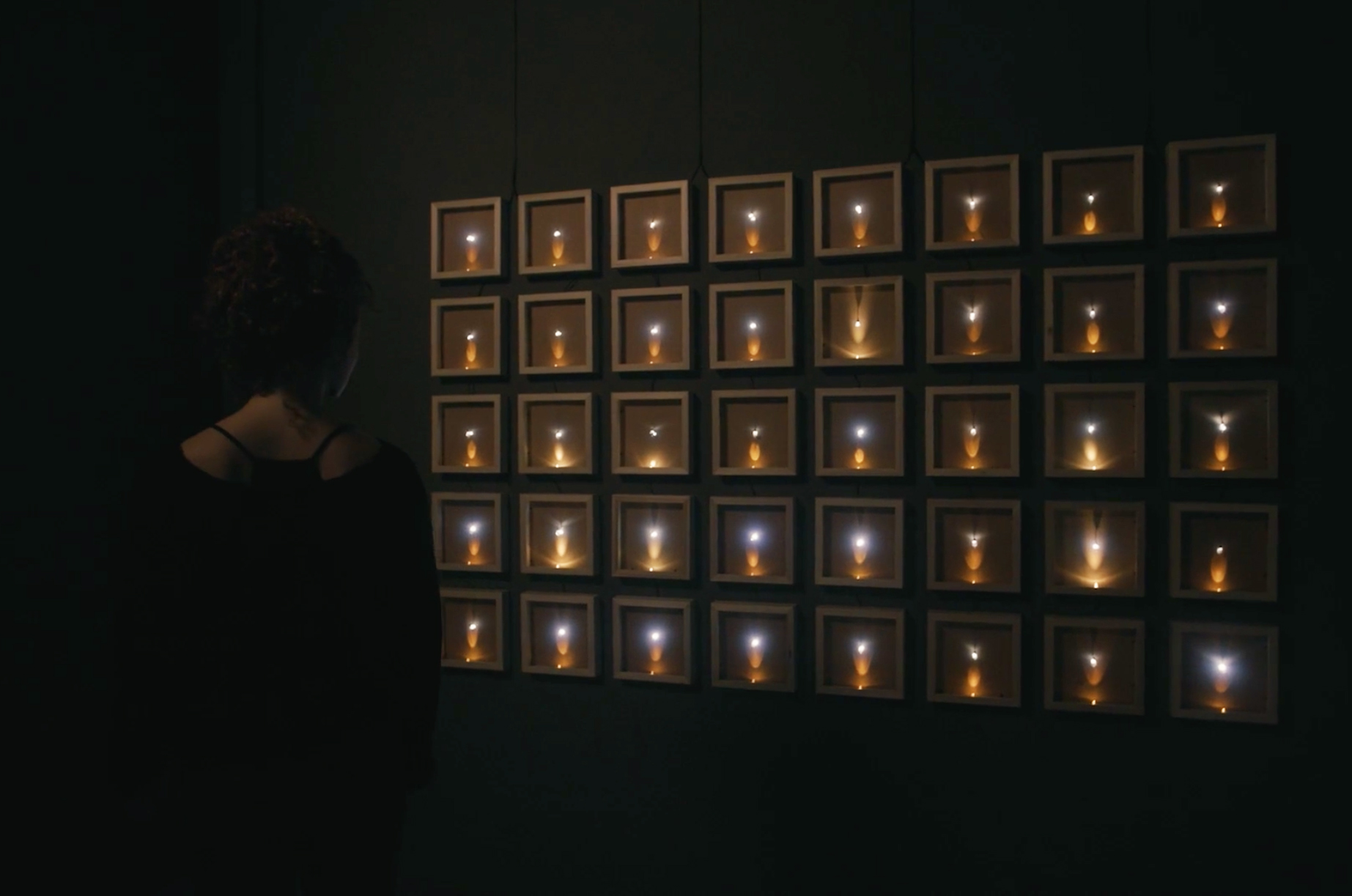
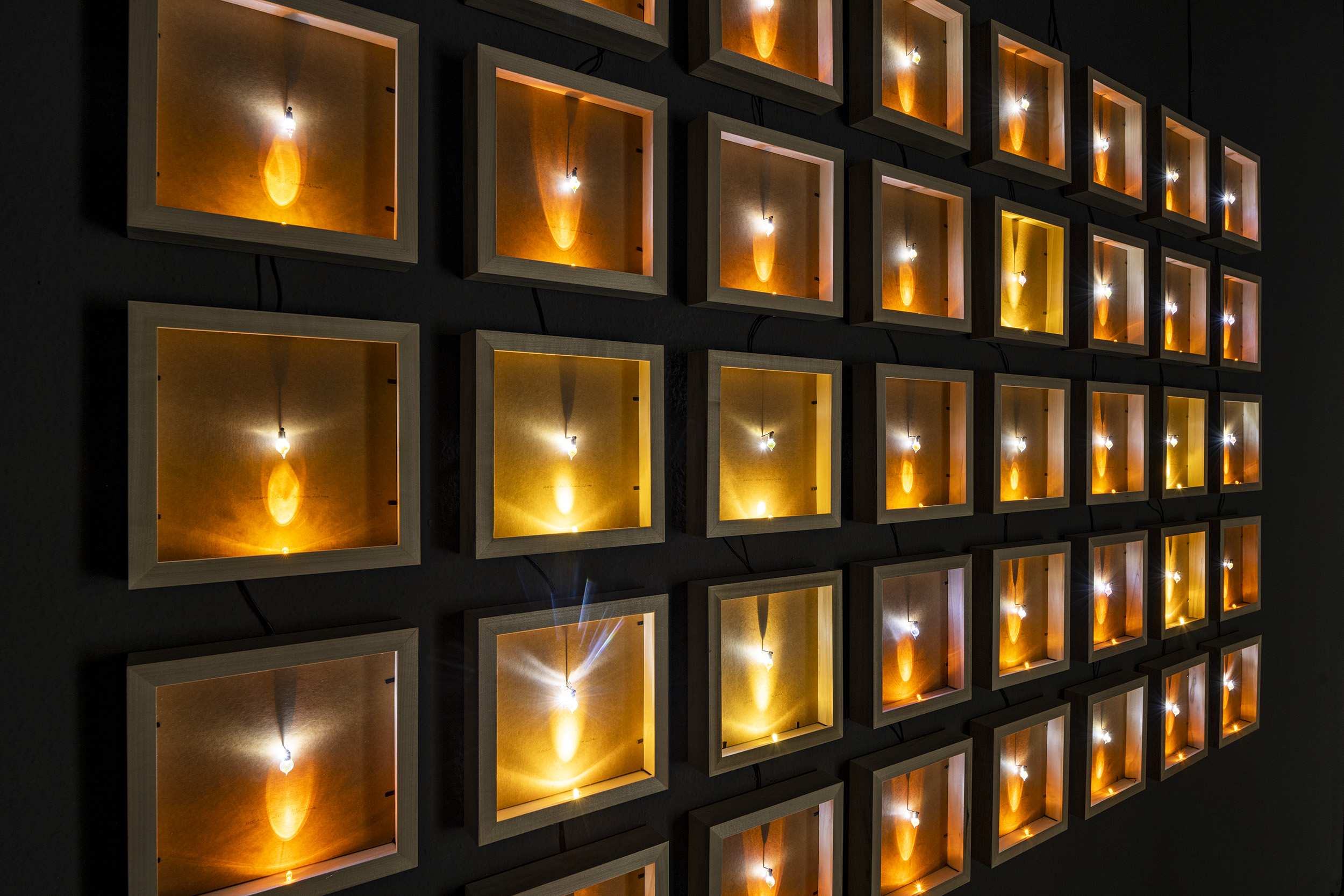
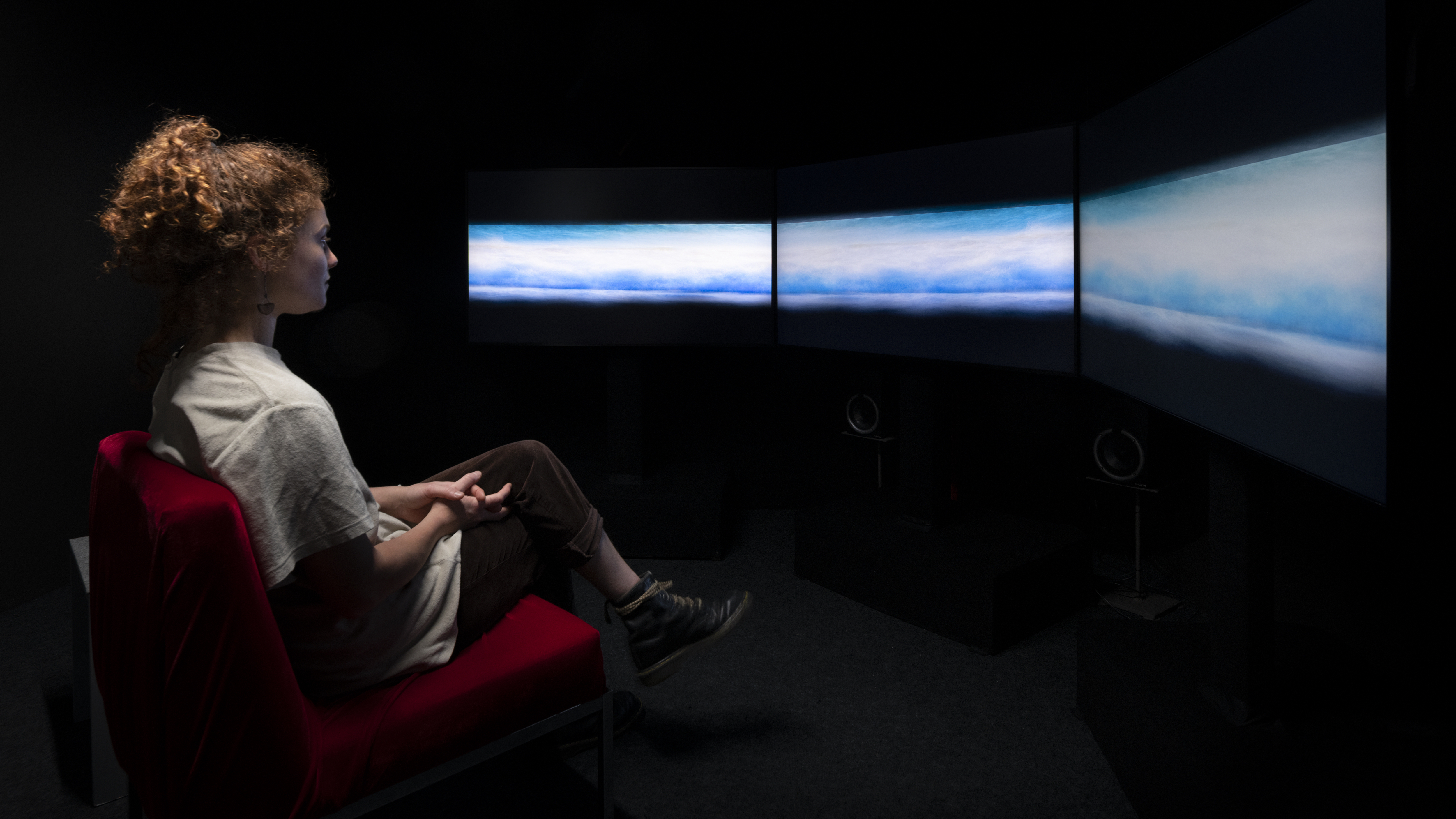

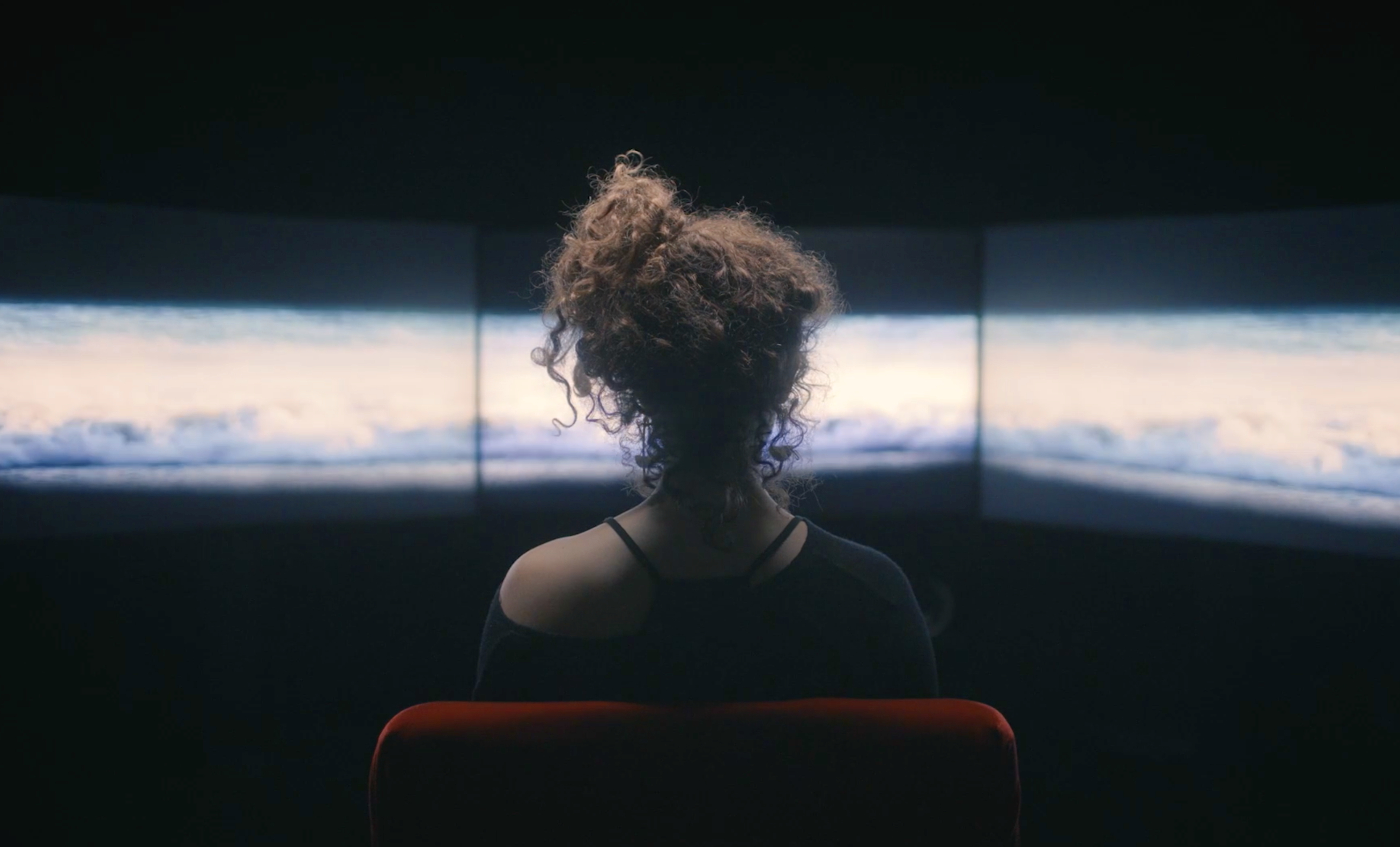
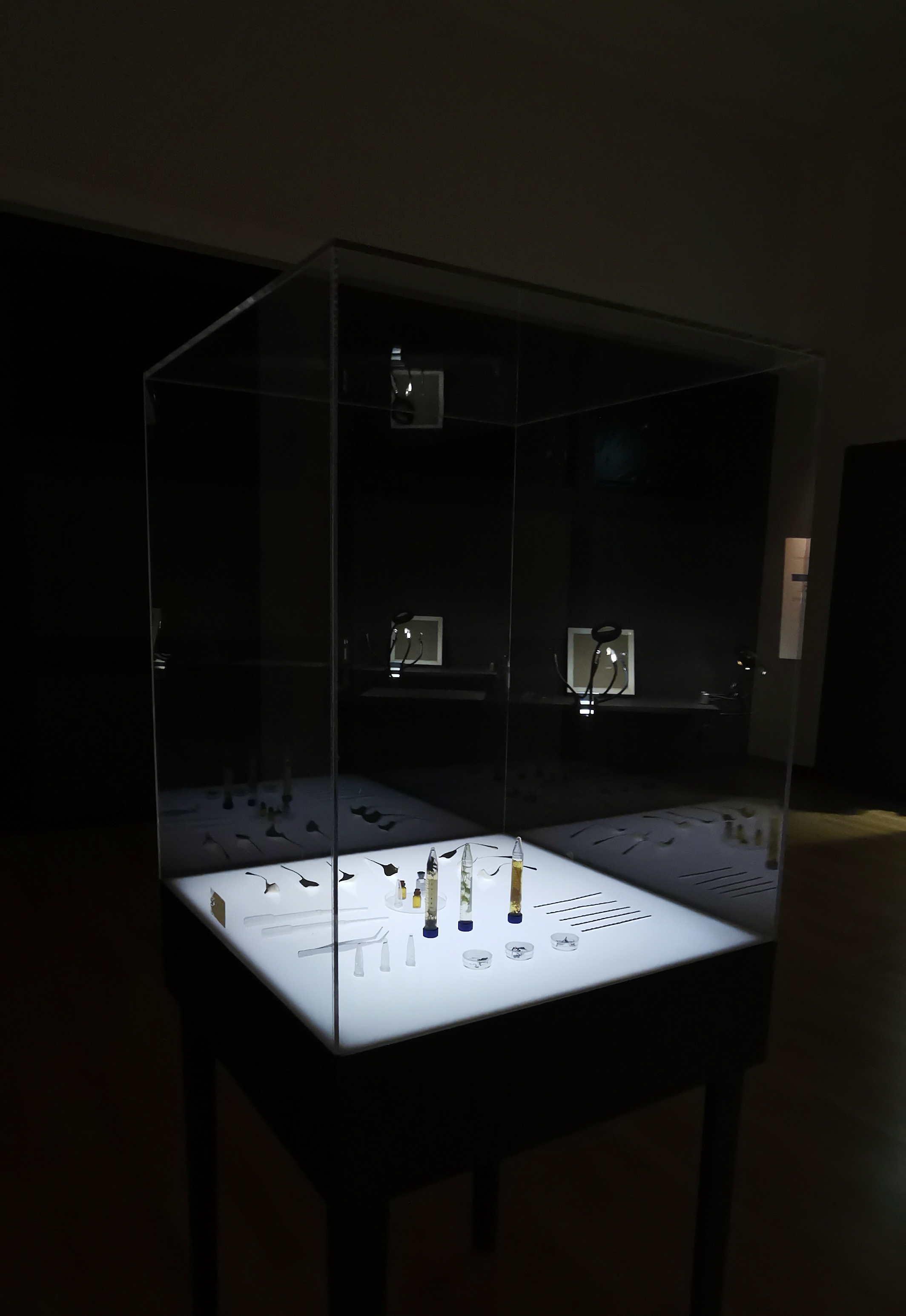


How to Make an Ocean
To quote a curator Lars Rummel:
"The installation creates a space that allows a profoundly human experience without the need to fear the
consequences: crying. It reaches out to all who mourn regardless of the reason - to make a connection,
create awareness, and have a space to grieve: where no tear is shed in vain.
Life and joy can grow out of sorrow - be it energetically, spiritually, or emotionally,
it always leads to growth and transformations."
From Winter of 2019 until recently Kasia has been collecting her
tears – first when she cried after losing 3 loved
ones in the Autumn 2019. Then with the start of
COVID-19 she “trained herself” to cry in order to
relieve her anxiety. And then to explore the
chemical composition of human tears to see how
they could make a healthy tiny marine ecosystem.
To use her own tears to host a sea life became a form
of catharsis and a constructive way to deal with
personal and also then environmental loss. In addition to that
Kasia started investigating how her mental health (and level of the aforementioned anxiety)
is affected by the narrative
of her "online life" - news &
info feeds which were curated by algorithms.
She started to wonder whether she could use this to cry and
thus feed her mini-oceans.
The result: an experience, set in a 4 parts.
PART 1: THE MINI OCEAN COLLECTION.
There are 30 to 50 tiny bottles – each contains my
tears and a North Sea algae. Each has a date, a
reason for crying and the name of hosted algae.
There is a log of Kasia's diet from the period of the
research, accompanied by a log of presence of
chemical elements (N, P, K) important for healthy
growth of algae.
These elements can be regulated by a diet. Artist
wanted to know how she could use her bodily waste
to care for the environment, which we have
destroyed? The main question she posed here was: "Can I look after my physical and mental
health in order to be of “use” to other life forms?
Or can environmental health be an indicator of our own health"
PART 2: THE MOIROLOGIST BOT EXPERIENCE
A space for a visitor to relax, reflect and to maybe shed
some tears. There is a comfortable chair, the set of ‘Tools
for Tears Assesment’ on the table next to the chair and in
front there awaits an AI Moirologist.
More about it on Moirologist Bot page.
PART 3: THE MINI-OCEAN LAB & TOOL FOR TEARS' ASSESMENT
When ready to harvest tears - or to donate
them - one needs tools to catch them, store
them, asses their chemical composition (and
nutritional value) to match them with the right
type of algae, then to mix them with a drop of
sea water and algae and place them under
some light for a while before closing the tiny
bottle.
More about Tools for Tears' Assesment & The Mini-Ocean Lab here.
PART 4: WORKSHOP-PERFORMANCE
It is a form of a guided mediation for a group of 10
to 15, led by Kasia in collaboration with the Moirologist Bot, using
queues and prompts which I have learnt about
while researching what makes us cry.
More about the Workshop-Performance here.
THE TEAM
Tech Support: ERIK OVERMEIRE
Product Design: GOSIA SIWIEC
Video: IVAN MAREVICH
Additional Support: DAVOR DELIJA
SUPPORT
SELECTED EXHIBITIONS
Halle, Germany
Austria
Essen, Germany
OTHER
Ars Electronica festival
